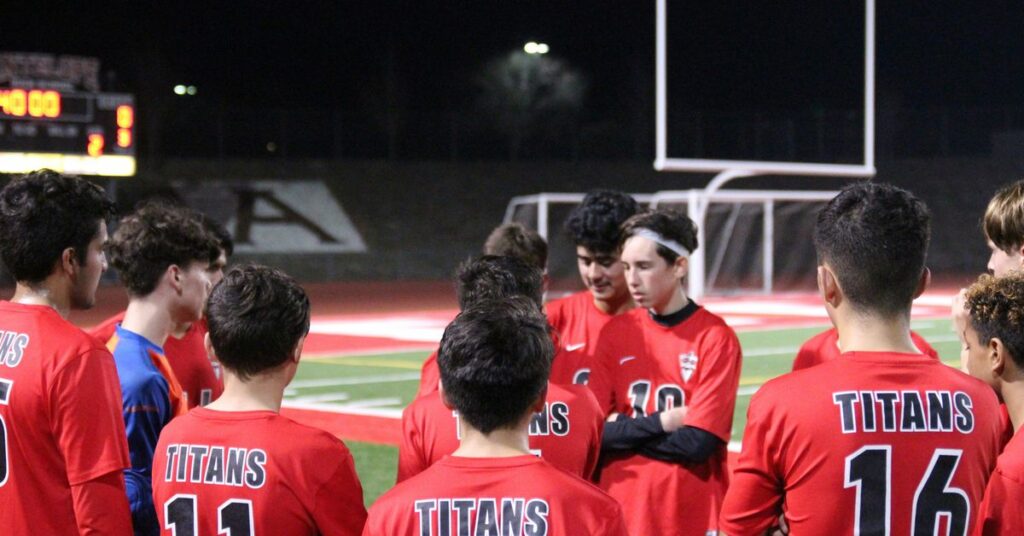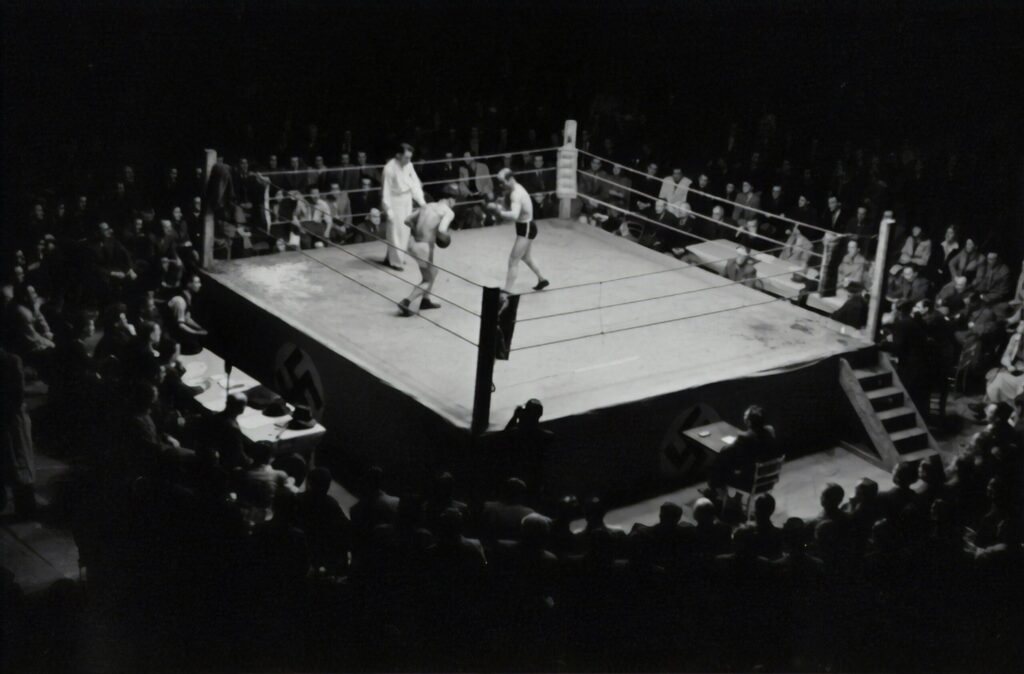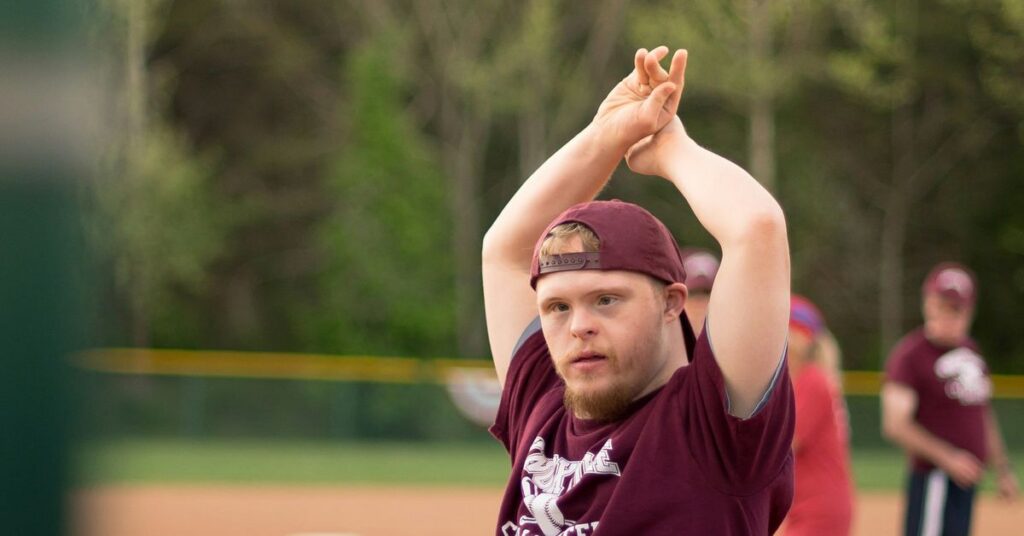Community Benefits of Youth Recreational Sports
Youth recreational sports programs offer numerous benefits that extend far beyond the playing field. These activities play a crucial role in the development of children and adolescents, contributing positively to their physical, social, and emotional well-being. Let’s explore the significant community benefits that youth recreational sports bring:
Physical Health and Well-being
- Physical Fitness: Participation in sports helps children and teens maintain a healthy weight, develop muscular strength, and improve cardiovascular endurance.
- Motor Skills: Engaging in various sports activities enhances coordination, agility, balance, and overall motor skills development.
- Health Awareness: Through sports, young individuals learn about the importance of nutrition, hydration, and the benefits of an active lifestyle, promoting lifelong habits.
Social Development
- Teamwork: Sports foster teamwork and cooperation, teaching young participants how to work collaboratively towards common goals.
- Communication: Interacting with teammates, coaches, and officials improves verbal and non-verbal communication skills.
- Leadership: Some youth sports programs encourage leadership opportunities, helping participants develop decision-making and problem-solving abilities.
Emotional Benefits
- Self-esteem: Achieving personal goals and improving skills boosts self-confidence and self-esteem among young athletes.
- Resilience: Facing challenges, handling wins and losses, and overcoming setbacks in sports build resilience and mental toughness.
- Stress Relief: Physical activity in sports serves as a healthy outlet for stress relief, promoting emotional well-being.
Community Engagement
Furthermore, youth recreational sports contribute to community cohesion and engagement:
- Volunteerism: Parents and community members often volunteer as coaches, referees, or event organizers, fostering a sense of community involvement and support.
- Facility Utilization: Sports programs utilize local facilities such as parks, community centers, and schools, encouraging upkeep and improvement of public spaces.
- Economic Impact: Local businesses benefit from increased patronage during events and tournaments, stimulating the local economy.
Case Studies and Examples
For instance, in City X, the youth soccer league not only promotes physical activity but also teaches children from diverse backgrounds about teamwork and cultural understanding. According to Coach Smith, “Our program has seen kids grow not just in skills but in how they interact with each other.”
In Community Y, the annual youth basketball tournament brings together families and volunteers, showcasing the positive impact of sports on community spirit and involvement. As noted by organizer Jane Doe, “It’s amazing to see how sports can unite a neighborhood and bring out the best in everyone.”
Conclusion
Youth recreational sports play a pivotal role in shaping healthy, well-rounded individuals within communities. Beyond physical fitness, these programs foster social skills, emotional resilience, and community engagement, making them invaluable assets to society. By supporting and promoting youth sports, communities invest in the future well-being of their youth and strengthen the fabric of their neighborhoods.




